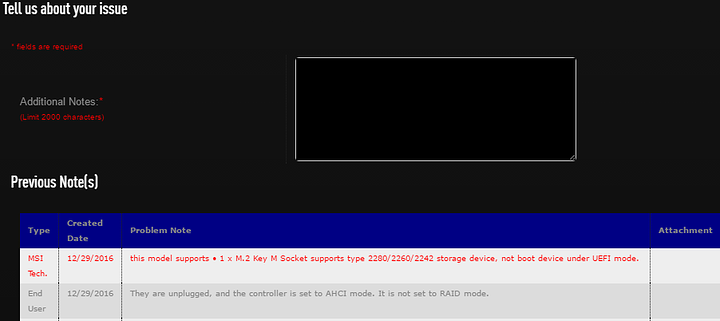That's what I've been starting to think. Tough break. Glad you have the Easy2Boot to make troubleshooting uhh easier...
How old is the PC? If I remember correctly, it's an OEM that your work issued to you. If it's not too old, an RMA may be in order. Usually companies have quite good repair/maintenance plans with their chosen hardware vendor.
The whole idea here is that when you mkfs.btrfs /dev/sda, you're not installing to a partition defined by GPT, DOS or any other partition table. This becomes a problem because it allows BTRFS to use every last sector on the disk but you've used the first few sectors for GRUB. If btrfs wants to write to those sectors, you'll be stuck without a bootloader. My advice?
sgdisk /dev/sdacreate a 1MB BIOS boot on /dev/sda1 and use the rest of the device for /dev/sda2 and use btrfs on it. I can't say a partitionless disk has ever bitten me personally, because I don't put bootloaders on them, but it's happened to someone I know.
Up to you. My vote is to reconfigure it all, but I know you've been working on this for the better part of two weeks.
I'm curious what MSI has to say about the board. Have they said anything about the board's UEFI capabilities?
Honestly, I've never been super concerned with BIOS speed. I actually prefer a slow bios so I have time (my monitors are slow to wake) to hit the BIOS key since I'm always tweaking it.
That's interesting about swap files on btrfs. Have a look at this github repo. Basically the script creates a file of the desired size, sets no-cow (chattr +C), loop mounts the file and formats the loop device as swap. Pretty cool, but there has to be a reason for BTRFS not supporting swap.
Apparently swap relies on a function that BTRFS doesn't currently support. Source: BTRFS FAQ
Yeah, I never hibernate my PC's. It was nice when we didn't have SSD, but now with fast disk, it's cleaner to just boot and reopen programs. Time cost is seconds at most.
